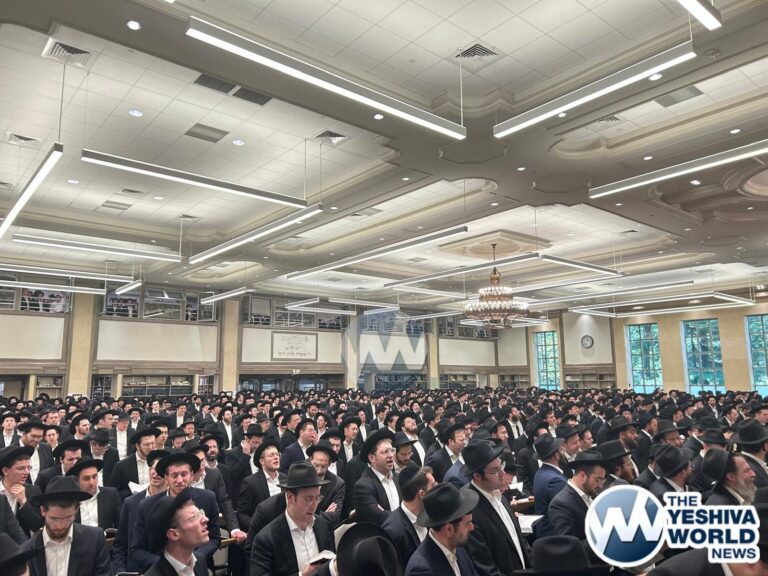Thirteen Democrats and two Republicans are running in the New York City mayoral primaries on June 22. But because of the “ranked-choice” voting process – where voters rate their top five choices in order of preference instead of picking just one – there won’t be a winner for at least a few weeks.
HERE IS HOW IT WORKS:
If no candidate receives more than 50% of the first-choice votes, tabulation will be conducted in rounds.
The candidate with fewest votes after the initial count is eliminated and all ballots for that candidate will be reallocated to the next highest-ranked candidate selected. That process will continue until two candidates are left, with the winner determined by who has the most votes in that final round.
In previous elections, a simple list of candidates with vote totals for each would be shown. Ranked-choice elections results are displayed in a grid. Each column represents a round of the ranked-choice voting process. The candidates marked in red received the fewest votes and is therefore eliminated. Those votes are redistributed to whomever those voters ranked next on their ballot. That’s why remaining candidates can gain votes each round. When there are only two candidates left, whoever has the most votes wins.
The other unique element of these results is the row at the bottom for “inactive ballots.” Those ballots, also sometimes called “exhausted” ballots, are ballots for which there are no candidate selected who remains in the running.
For example, if a voter selects only first and second choices, and those candidates are eliminated in the first two rounds, their ballot would be “inactive” and won’t be included in the rest of the process.
(Source: CNN)












2 Responses
Even dumber than the Israeli system. Someone who DWI or high on some hallucinating drug could figure this out. A really serious office is at stake and New York officials are playing games.
Our system in New Jersey isn’t anywhere near this insane.
This is the only rational system that exists for elections, and it’s shocking that so few places have adopted it. Even NYC is only using it for primaries. In November we’ll be back to the unfair first-past-the-post system which forces people to worry about “wasting their vote”, and to vote for the candidate they fear least instead of for the one they like most.
But the fact that it will take so long to get a good projection of the result is insane. What’s the point of using scanning machines, if not to enable a complete allocation of preferences even while votes are still coming in? Computers can do that easily, and it’s a crime that the NYC BOE computers were apparently not programmed to do so.